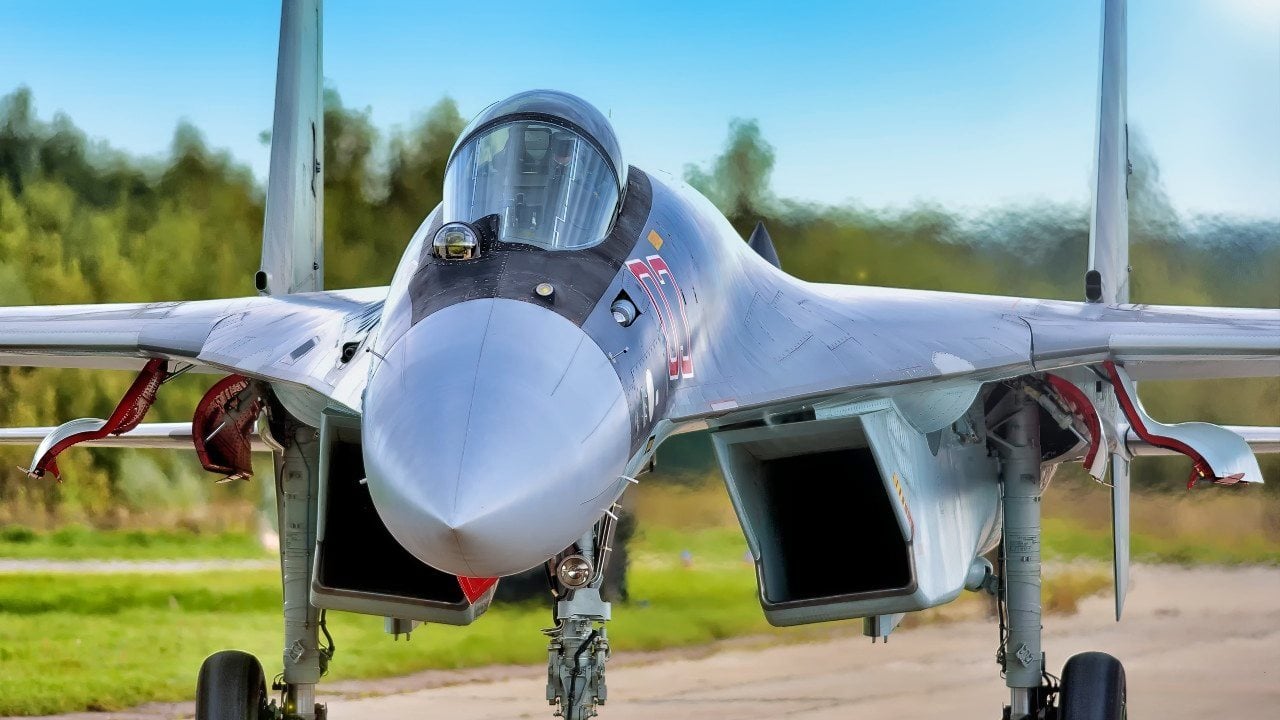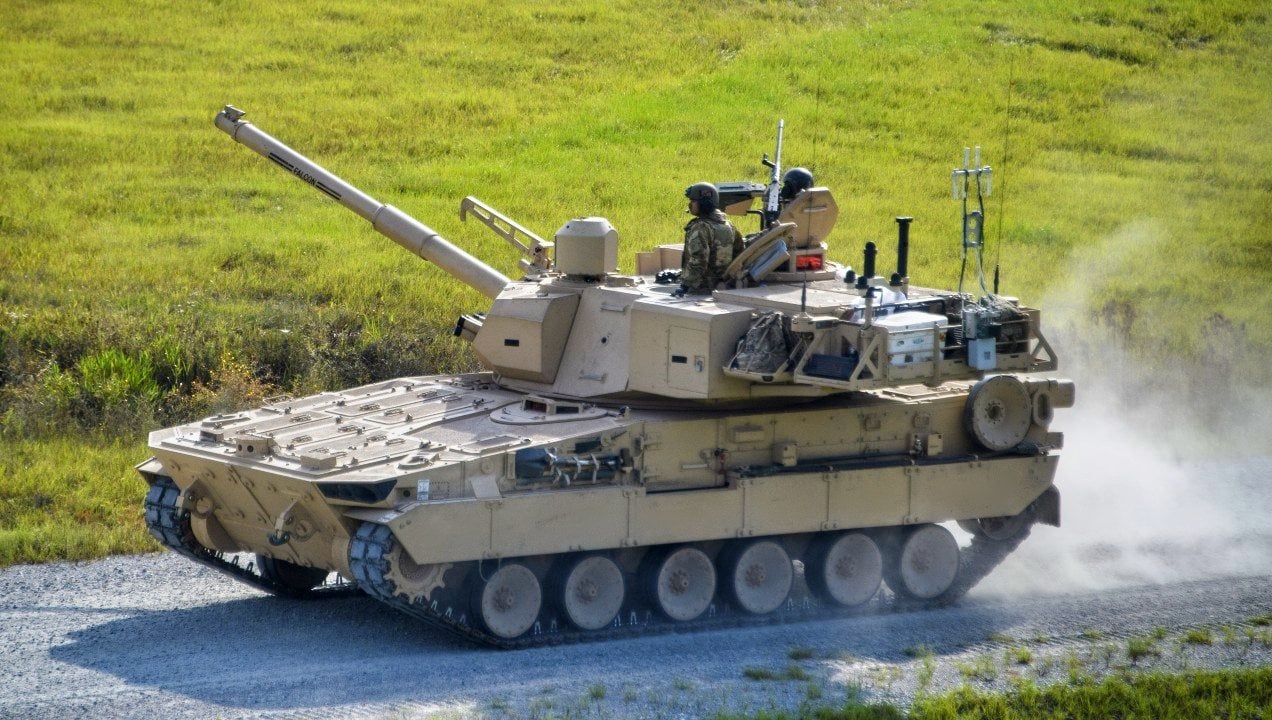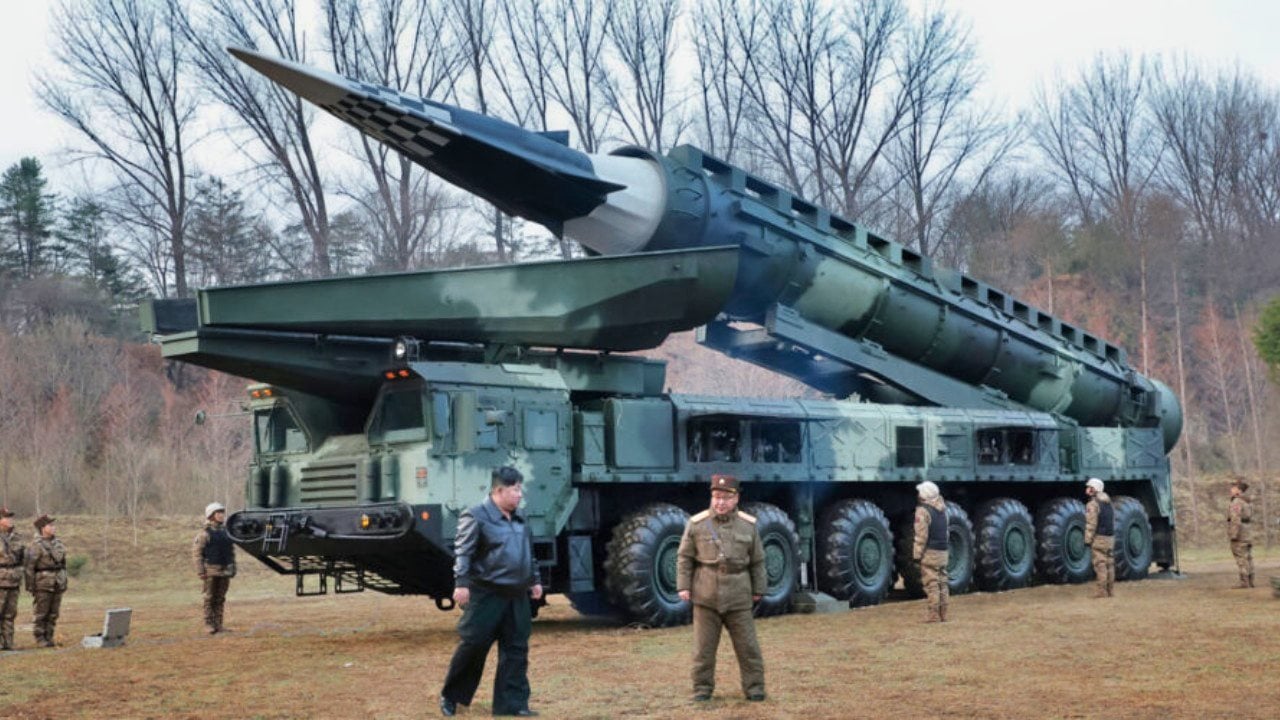5 Weapons That Could Be Used Against the U.S. Military in the Next War
Futurism in military strategy often diverges from actual outcomes, as historical precedence like the enduring use of Cold War-era tanks in Ukraine suggests. Current futurist discussions highlight potential advanced technologies like AI, drones, and sixth-generation fighters, yet the next significant conflicts may resemble the static, protracted engagements of World War I rather than high-tech warfare.
Summary: Futurism in military strategy often diverges from actual outcomes, as historical precedence like the enduring use of Cold War-era tanks in Ukraine suggests. Current futurist discussions highlight potential advanced technologies like AI, drones, and sixth-generation fighters, yet the next significant conflicts may resemble the static, protracted engagements of World War I rather than high-tech warfare.

-This piece posits that the U.S. might be unprepared for the real tactical and technological shifts upcoming in global military dynamics. It outlines five critical areas for future conflict readiness: de-dollarization, cyberattacks, hypersonic weapons, anti-access/area denial systems (A2/AD), and counterspace weapons.
-These areas represent significant threats that could undermine U.S. military effectiveness and economic stability, suggesting a need for a strategic reevaluation to address these less-discussed but potentially decisive factors.
Reassessing U.S. Military Strategy: Top 5 Future Threats
Futurism is a funny subject. It produces some beautiful concept art, but rarely does it lead exactly where you would expect. Applying futurism to grand strategy is problematic at best, and downright self-defeating at worst. Who remembers the days when Washington was so sure the Cold War would last forever? And how many people can honestly say they thought the definitive weapons of the inaptly named Global War on Terror would be the unmanned aerial vehicle and the improvised explosive device? Or that the old Soviet T-72 would prove to be the leading main battle tank of the Russo-Ukraine War?
When naming the top five weapons that will change the face of warfare, it is easiest to extrapolate from what we are doing today. Artificial intelligence is all the rage, and still in its infancy. So, too, are the aforementioned drones. The new Gerald R. Ford-class aircraft carriers are still the prize jewels of America’s naval strategists. Talk abounds about the glamorous sixth-generation warplane that the Air Force is building, set to redefine air war as we know it. The Army swears by its new M-10 Booker non-tank tank.

Perhaps directed-energy weapons will finally have their day. The Chinese are certainly committed to this. It is also possible that the U.S. military will finally crack the code to make railguns work.
All of these are possibly the defining weapons of the future. That is possible, but it is not probable.
Meet the New Boss, Same as the Old Boss…
The next war will likely be influenced far more by previous wars than the dreamers at the Pentagon believe. Everyone keeps expecting to live through a repeat of the Second World War, defined by offensives of mass scale. Others sloppily compare our current moment to the Cold War that defined the last half of the 20th century (if we could only be so lucky).
Instead, the next world war will look far like the static, defensive, and bloody fighting of the First World War. In today’s context, look to the Ukraine War rather than any campaign in WWII. As Nathan Jennings, Amos Fox, and Adam Taliaferro outlined in an excellent 2018 piece at the Modern War Institute, “projection from sovereign sanctuary, and indirect proxy wars—combines incremental military actions with weaponized political, informational, and economic agendas under the protection of nuclear-fires complexes to advance territorial influence.”
In other words, the U.S. military is wholly unprepared for the kind of tactics and technologies that will be employed by rival forces in another great power war. Here are the top five weapons and/or tactics that the U.S. military should be prepared for in the next decade.
5. De-Dollarization
Here is an almost completely non-military move by America’s great power rivals – notably China and Russia – that is already underway. If trends persist, it is likely that the movement to end the U.S. dollar’s supremacy will become a fait accompli. Washington must change its irresponsible ways to prevent that.
Ending the U.S. dollar’s status as the world’s primary reserve currency would effectively collapse America’s economy and society while gutting its military, all without ever firing a shot. While de-dollarization is still in the early stages, this move by America’s great power rivals in Eurasia could be the basis for a collapse of America’s global interests.
4. Cyberattacks
The internet, an American creation, has redefined the world in the last few decades. It has also created a vast and growing number of vulnerabilities to the basic functioning of our society that any rival with a keyboard and internet connection can exploit to wreak havoc here.
Even with the best cybersecurity experts in the world, America’s basic infrastructure – transportation, banking, communications, energy, water – can be seriously disrupted at any moment by a devastating and sustained cyberattack. The U.S. is unprepared for a “Cyber 9/11” event.
3. Hypersonic Weapons
Hypersonic weapons as a concept have been around for a while, but they’ve never been fully developed and scaled up – until now. Sadly, it’s not the United States that has led their development. The Russians and Chinese have.

These weapons can deliver destructive payloads over targets such as key industrial facilities – like the F-35 Lightning II production facility in the United States – and there are currently no active defenses that can stop these attacks.
Eventually, the U.S. will get its own hypersonic weapons arsenal. These weapons will allow an attacking nation to overwhelm modern air defenses with large numbers, thus threatening the homelands of their rivals.
2. Anti-Access/Area Denial Systems or A2/AD
If Jennings, Fox, and Taliaferro were correct in their Modern War Institute article, then the anti-access/area denial (A2/AD) systems of America’s rivals will be a decisive factor in the next war, because they are inherently defensive in nature. China leads the world with its large, sophisticated A2/AD network spread throughout the South China Sea and along its coastline.
Thousands of missiles and, potentially, hypersonic weapons, will stop the U.S. Navy, Marines, and Air Force from projecting power into the South or East China Seas, as well as the Taiwan Strait. The U.S. has yet to find an answer to this specific Chinese threat. And unless the Pentagon can overcome it, any war fought with China for control over the Indo-Pacific will be lost.
1. Counterspace Weapons
Since 2010, both China and Russia have tailored their militaries to fight and defeat the Americans in a space war. Like so many of the technologies and capabilities discussed in this piece, counterspace weapons – systems designed to deny a rival access to its space assets in a time of war – go back to the early days of the Cold War. But the Americans ignored this threat and took for granted their post-Cold War dominance in space.
Now, America’s vital satellite constellations are threatened by Chinese and Russian anti-satellite weapons. Should the U.S. lose its critical satellite architecture, its military on Earth will be rendered deaf, dumb, and blind. What’s more, its entire civilian society and economy could ground to a halt until these systems were restored. A “Space Pearl Harbor” would set the Americans back significantly and give an attacker serious advantages to achieve their strategic objectives while the Americans sit offline.
Conclusion
None of the things listed above are on the radar, if you’ll pardon the pun, of most Pentagon futurists. But these technologies and tactics are likely to define our next decade. The U.S. military has prepared for none of these threats.
About the Author
Brandon J. Weichert is a former Congressional staffer and geopolitical analyst who is a contributor at The Washington Times, as well as at American Greatness and the Asia Times. He is the author of Winning Space: How America Remains a Superpower (Republic Book Publishers), Biohacked: China’s Race to Control Life, and The Shadow War: Iran’s Quest for Supremacy. Weichert can be followed via Twitter @WeTheBrandon.


